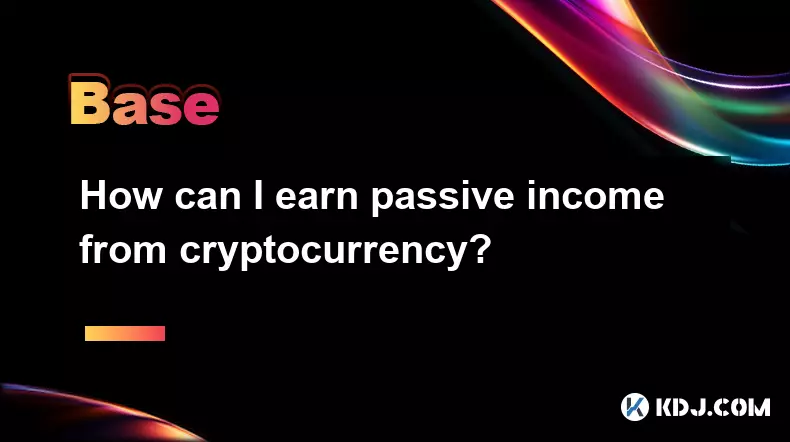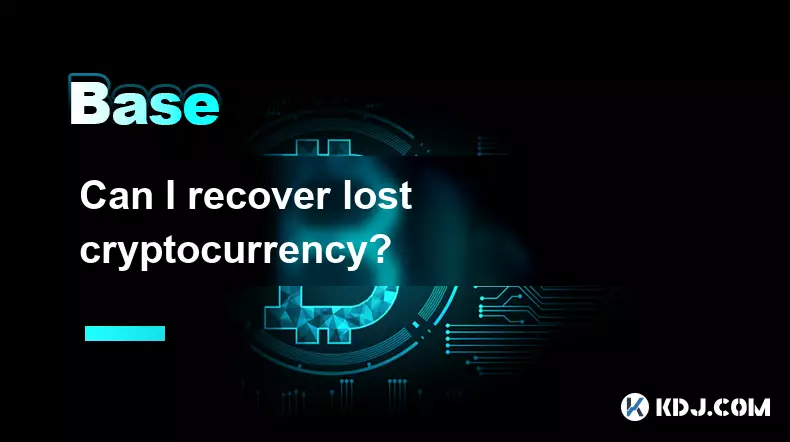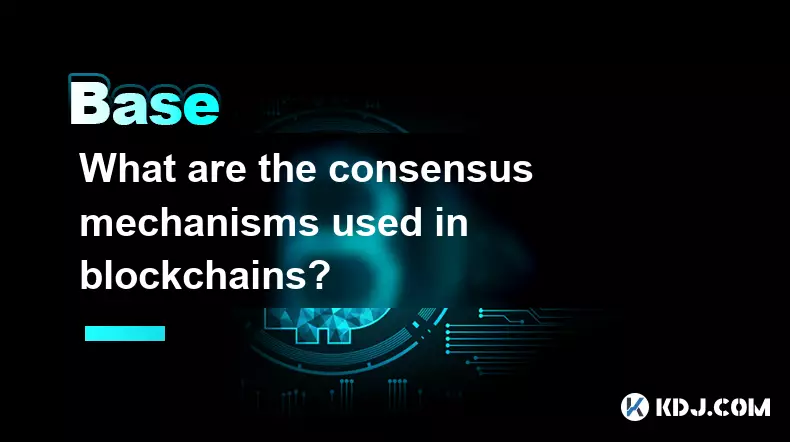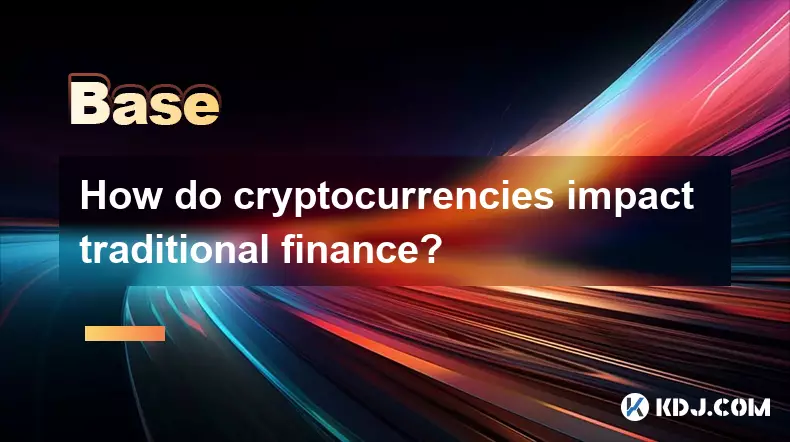-
 bitcoin
bitcoin $109667.069529 USD
-3.03% -
 ethereum
ethereum $3936.685804 USD
-4.07% -
 tether
tether $1.000493 USD
0.01% -
 xrp
xrp $2.771823 USD
-4.74% -
 bnb
bnb $957.805027 USD
-5.34% -
 solana
solana $196.735100 USD
-6.68% -
 usd-coin
usd-coin $0.999727 USD
-0.01% -
 dogecoin
dogecoin $0.227355 USD
-5.12% -
 tron
tron $0.335205 USD
-0.81% -
 cardano
cardano $0.779256 USD
-3.59% -
 ethena-usde
ethena-usde $0.999900 USD
-0.06% -
 hyperliquid
hyperliquid $42.492095 USD
-6.61% -
 chainlink
chainlink $20.501853 USD
-4.34% -
 avalanche
avalanche $28.952606 USD
-11.21% -
 stellar
stellar $0.356038 USD
-3.93%
How can I earn passive income from cryptocurrency?
Staking, lending, and liquidity provision offer crypto passive income, but risks like slashing, impermanent loss, and smart contract flaws require careful consideration.
Sep 23, 2025 at 10:18 am

Staking Cryptocurrencies for Regular Returns
1. Many blockchain networks operate on a proof-of-stake (PoS) consensus mechanism, allowing users to earn rewards by locking up their coins to support network operations. By participating in staking, holders contribute to block validation and receive newly minted tokens as compensation.
- Platforms like Ethereum 2.0, Cardano, and Solana offer staking options either directly through wallets or via exchanges such as Binance and Coinbase. The annual percentage yield (APY) varies based on the network, demand, and total staked supply.
- Users must consider lock-up periods and potential slashing penalties if nodes behave maliciously or go offline. Choosing reliable validators minimizes risk while maximizing consistent returns.
- Some decentralized finance (DeFi) protocols integrate liquid staking, where users receive tokenized representations of their staked assets—like Lido’s stETH—which can be used across other DeFi applications without unstaking.
- Staking pools allow smaller investors to combine resources, increasing their chances of earning rewards even with limited capital.
Lending Crypto Assets Through DeFi Protocols
1. Decentralized lending platforms such as Aave, Compound, and MakerDAO enable users to deposit cryptocurrencies into liquidity pools and earn interest determined by supply and demand dynamics.
- Interest is paid in the same asset deposited or sometimes in governance tokens, compounding returns over time. Rates fluctuate based on utilization rates within each market.
- Borrowers must post collateral, often exceeding the loan value, which protects lenders from volatility-related defaults. However, smart contract risks and oracle failures remain potential threats.
- Users can optimize yields by shifting funds between platforms offering higher APYs, though frequent movement may increase transaction fees on congested networks.
- Some platforms offer variable and stable interest rate options, giving lenders flexibility depending on their risk tolerance and market outlook.
Providing Liquidity in Decentralized Exchanges
1. Automated market makers (AMMs) like Uniswap, SushiSwap, and Curve rely on user-provided liquidity to facilitate trading. In return, providers earn a share of trading fees generated by the pool.
- Liquidity providers (LPs) deposit paired tokens—such as ETH/USDC—into a pool, receiving LP tokens representing their stake. Rewards are distributed proportionally based on contribution size.
- Impermanent loss remains a key risk when asset prices diverge significantly after depositing, potentially offsetting fee earnings. Stablecoin pairs tend to minimize this effect due to lower volatility.
- Yield farming strategies involve moving liquidity to pools with high incentive programs, often boosted by additional token emissions from projects seeking deeper liquidity.
- Newer models like concentrated liquidity on Uniswap V3 allow providers to allocate funds within specific price ranges, improving capital efficiency and boosting potential returns.
Masternodes and Validator Operations
1. Certain networks, including Dash and Horizen, utilize masternodes that require a fixed amount of coins as collateral to maintain advanced functions like instant transactions and private sends.
- Operators receive periodic rewards for running these full nodes, which require technical setup and continuous uptime. The initial investment can be substantial, limiting accessibility.
- In PoS systems, becoming a validator typically demands 32 ETH on Ethereum or equivalent stakes on other chains, along with robust infrastructure and technical knowledge.
- Smaller participants can join validator pools offered by exchanges or specialized services, contributing fractions of the required stake and sharing proportional rewards.
- Downtime or misconfiguration can lead to reduced payouts or penalties, making reliability and maintenance critical components of successful node operation.
Frequently Asked Questions
What is impermanent loss, and how does it affect passive income?Impermanent loss occurs when the value of deposited tokens in a liquidity pool changes relative to holding them externally. This discrepancy reduces overall gains, especially in volatile markets, impacting net profitability despite accumulated trading fees.
Are crypto lending platforms safe for long-term passive income?Safety depends on platform audits, insurance coverage, and underlying smart contract integrity. While established protocols have strong security measures, risks such as hacks, regulatory actions, or insolvency events cannot be fully eliminated.
How do governance tokens contribute to passive earnings?Governance tokens awarded through staking or liquidity provision can be sold for profit or held to participate in protocol decisions. Their market value may appreciate, adding an extra layer of return beyond base interest or fee rewards.
Can I earn passive income without locking my crypto assets?Most passive income methods require some form of commitment—staking, lending, or providing liquidity. Truly non-custodial, zero-lockup earning opportunities are rare and usually come with disproportionately high risk or negligible returns.
Disclaimer:info@kdj.com
The information provided is not trading advice. kdj.com does not assume any responsibility for any investments made based on the information provided in this article. Cryptocurrencies are highly volatile and it is highly recommended that you invest with caution after thorough research!
If you believe that the content used on this website infringes your copyright, please contact us immediately (info@kdj.com) and we will delete it promptly.
- XRP Price: October Rally on the Horizon After September Consolidation?
- 2025-09-26 16:25:13
- Bitcoin Price Wobbles: Investors Buy the Dip as Powell's Words Stir Uncertainty
- 2025-09-26 16:25:13
- Kaspa Price, Smart Contracts, and the 2026 Forecast: A New York Minute
- 2025-09-26 16:30:01
- Bitwise, Hyperliquid ETF, and HYPE Token: What's the Deal?
- 2025-09-26 16:45:14
- B HODL, Bitcoin, and Treasury Purchases: The New Institutional Playbook
- 2025-09-26 17:05:15
- Cloudflare, Stablecoins, and AI Agents: A New Era of Automated Finance
- 2025-09-26 16:45:14
Related knowledge

Can I recover lost cryptocurrency?
Sep 25,2025 at 08:18am
Understanding the Nature of Cryptocurrency Loss1. Cryptocurrency operates on decentralized networks, meaning there is no central authority to reverse ...

How can I earn passive income from cryptocurrency?
Sep 23,2025 at 10:18am
Staking Cryptocurrencies for Regular Returns1. Many blockchain networks operate on a proof-of-stake (PoS) consensus mechanism, allowing users to earn ...

What are gas fees in cryptocurrency transactions?
Sep 26,2025 at 02:00am
Understanding Gas Fees in Blockchain Transactions1. Gas fees are payments made by users to compensate for the computing energy required to process and...

What are the consensus mechanisms used in blockchains?
Sep 24,2025 at 10:00am
Proof of Work and Its Role in Blockchain Security1. Proof of Work (PoW) is one of the earliest consensus mechanisms, first implemented by Bitcoin. Min...

How do cryptocurrencies impact traditional finance?
Sep 26,2025 at 05:54am
Disruption of Centralized Banking Systems1. Cryptocurrencies challenge the authority of central banks by offering decentralized alternatives to fiat c...

Is there a finite supply of Bitcoin?
Sep 23,2025 at 06:00am
Bitcoin's Fixed Supply Mechanism1. Bitcoin was designed with a hard cap of 21 million coins, making its supply finite and predictable. This limit is h...

Can I recover lost cryptocurrency?
Sep 25,2025 at 08:18am
Understanding the Nature of Cryptocurrency Loss1. Cryptocurrency operates on decentralized networks, meaning there is no central authority to reverse ...

How can I earn passive income from cryptocurrency?
Sep 23,2025 at 10:18am
Staking Cryptocurrencies for Regular Returns1. Many blockchain networks operate on a proof-of-stake (PoS) consensus mechanism, allowing users to earn ...

What are gas fees in cryptocurrency transactions?
Sep 26,2025 at 02:00am
Understanding Gas Fees in Blockchain Transactions1. Gas fees are payments made by users to compensate for the computing energy required to process and...

What are the consensus mechanisms used in blockchains?
Sep 24,2025 at 10:00am
Proof of Work and Its Role in Blockchain Security1. Proof of Work (PoW) is one of the earliest consensus mechanisms, first implemented by Bitcoin. Min...

How do cryptocurrencies impact traditional finance?
Sep 26,2025 at 05:54am
Disruption of Centralized Banking Systems1. Cryptocurrencies challenge the authority of central banks by offering decentralized alternatives to fiat c...

Is there a finite supply of Bitcoin?
Sep 23,2025 at 06:00am
Bitcoin's Fixed Supply Mechanism1. Bitcoin was designed with a hard cap of 21 million coins, making its supply finite and predictable. This limit is h...
See all articles










































































